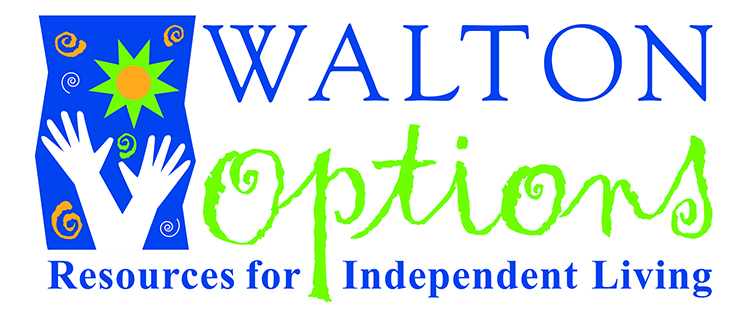How can we make the world more accessible and inclusive?
As we approach the 29th anniversary of the Americans with Disabilities Act (ADA) it seems appropriate to revisit the purpose behind the ADA. The ADA works to ensure people with disabilities have the same rights and opportunities as everyone else, but how can we expand beyond what is law? How can we change society so all are included and all of our resources are accessible? Like all great conundrums, this question was answered with a question.
We posted this question to our staff, “What does a more accessible and inclusive world look like?” We received a ton of responses! Check out a few of those below.
“Making the community accessible as possible to the largest group of people. Everyone benefits from an accessible environment even if they don’t have a disability.” –Robbie
“Changing our mindset. When inclusivity naturally comes into play we’ll be there. It should be a part of who we are and everyday life.” –Wondea
“Equal access to goods and services, access to human rights and the enforcement of said rights. –Sharifa
“People being able to do everyday things without barriers.” –Tiffany
Taking a note from our staff we’ve composed a three-step solution to a more accessible and inclusive world.
- The way to an accessible and inclusive world must be equal and just. Many of the laws necessary for accessibility and inclusion are already there, but it is up to entities (business, organizations, and individuals) to follow them while those with the power to enforce them do so.
- Right now accessibility and inclusion are forefront topics, even if you don’t realize it. By including everyone in the conversation and planning process, we are making a stride as a society. For example, inclusive design is becoming the standard, not the exception. Inclusive building modifications might be automatic doors for an apartment building. This new design feature will benefit many people. The person who is carrying too many groceries benefits and so does the person using a wheelchair who is also carrying too many groceries.
- Finally, a shift in thinking must occur. By changing our thinking, we move from tolerance to acceptance. When we tolerate we say we can deal with it. When we accept we understand, approve, and embrace.
So, what do you think about our solutions? In honor of ADA 29, we are posing the same question to you. How can we make the world more accessible and inclusive?

